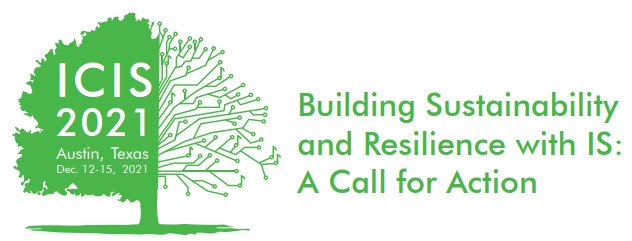User Behaviors, Engagement, and Consequences
Loading...
Paper Number
1813
Paper Type
Completed
Description
Business process modeling plays a fundamental role in organizations that are restructuring their processes to meet the challenges of increasing digitalization and globalization. However, the geographic distribution of process stakeholders, the abstract non-contextual modeling languages, and the resulting low motivation to participate make process modeling difficult. In this paper, we present a design science research approach that resolves these problems using virtual reality. Based on empirical evidence, we first developed design principles to increase employee engagement. Subsequently, a virtual reality application was generated, that enables the placing of process models in realistic and immersive working environments. We developed the application continuously in four evaluation cycles and finally tested it in terms of usefulness in three field studies. The results of this study contribute to more context awareness in business process management and provide design knowledge for future industrial virtual reality applications.
Recommended Citation
Pöhler, Ludger; Schuir, Julian; Meier, Pascal; and Teuteberg, Frank, "Let’s Get Immersive: How Virtual Reality Can Encourage User Engagement in Process Modeling" (2021). ICIS 2021 Proceedings. 12.
https://aisel.aisnet.org/icis2021/user_behaivors/user_behaivors/12
Let’s Get Immersive: How Virtual Reality Can Encourage User Engagement in Process Modeling
Business process modeling plays a fundamental role in organizations that are restructuring their processes to meet the challenges of increasing digitalization and globalization. However, the geographic distribution of process stakeholders, the abstract non-contextual modeling languages, and the resulting low motivation to participate make process modeling difficult. In this paper, we present a design science research approach that resolves these problems using virtual reality. Based on empirical evidence, we first developed design principles to increase employee engagement. Subsequently, a virtual reality application was generated, that enables the placing of process models in realistic and immersive working environments. We developed the application continuously in four evaluation cycles and finally tested it in terms of usefulness in three field studies. The results of this study contribute to more context awareness in business process management and provide design knowledge for future industrial virtual reality applications.
When commenting on articles, please be friendly, welcoming, respectful and abide by the AIS eLibrary Discussion Thread Code of Conduct posted here.



Comments
21-UserBeh